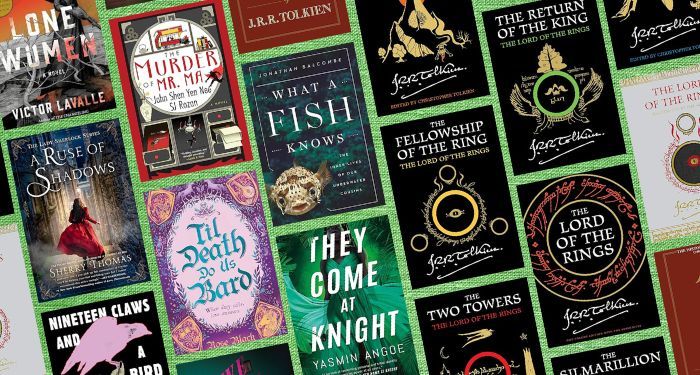 Photo by Onin
Photo by Onin
Today’s post is by book coach Nicole Pope.
In journalism, we call them human interest stories—articles or broadcasts that cover the news from the perspective of individuals who are affected by the events.
Casualty numbers after an earthquake, for example, may feel abstract to readers far away. An article giving voice to a mother struggling to feed her children after the family lost all their possessions in the disaster has greater resonance. It exposes the personal cost.
The human-interest approach is also a powerful tool that can elevate nonfiction writing from informative to truly impactful. It infuses dry facts and data with soul and elicits an emotional response from the readers.
Academics or experts seeking to reach a broader audience, in particular, may find this technique useful. When they transition from addressing an audience of peers in scholarly publications, they sometimes struggle to strike a balance between authority and readability to make their work more accessible. One key concern is to share their knowledge with readers without dumbing down or oversimplifying.
Writing for an audience of non-experts involves a major shift in writing style that goes beyond using simpler language. It requires writers to become storytellers and deploy narrative skills to craft a tale that incorporates their analytical perspective.
This is where the human-interest approach can help. Framing information through the lens of people’s experiences creates a bridge with the readers’ daily lives and makes complex facts easier to absorb.
Tips to add a human-interest dimension
Researched and narrative nonfiction books can be built around an individual’s story that resonates with readers. In The Immortal Life of Henrietta Lacks, science writer Rebecca Skloot covered genetic research and medical ethics, particularly about race, through the extraordinary tale of a long-deceased woman whose cells have been used for medical purposes for decades.
But stories of personal struggles, amazing achievements or epic quests do not need to run through an entire book or be its main focus to strike a chord with readers.
If you’re a writer seeking a potent way to impart information, here are a few tips:
Illustrate specific facts with stories or anecdotes. This is particularly effective when dealing with statistics, scientific facts, or complex issues. In his recent book Fluke: Chance, Chaos, and Why Everything We Do Matters, political scientist Brian Klaas shows how it’s done. The author draws on chaos theory and a wealth of scientific data to demonstrate how random events affect our daily lives. What makes his book so powerful are the outstanding real-life anecdotes—surprising, funny or moving—that he deploys throughout the book to bolster his ideas. Profile key players. Provide ample details about the people who play a role or are mentioned in your book, whether they’re historical figures, inventors, explorers or ordinary folk. Tell their life story and describe the person behind the name, using descriptive terms that engage all of the readers’ senses and bring these characters to life for your audience. Don’t rely solely on secondary sources. Avoid the temptation to build a case for your ideas only through written resources. Interviews can be an effective way to add another layer to your narrative. You don’t have to be a professional journalist to conduct them, as long as you thoroughly check your sources. Don’t be afraid to contact people whose voice can enrich your content. You’ll be surprised how many will respond positively if they feel you are taking an interest in their work or their life experience. A first-hand account or a well-selected quote not only adds credibility to your content but can also be used to break up fact-heavy sections and sustain reader interest. Hook the reader in the lead paragraph. Grab the reader’s attention at the start of a chapter or book section by starting with an intriguing anecdote or create suspense by starting at a critical moment in time and highlighting the stakes through real-life examples. You can then provide context to support the story you’ve shared and return to the more factual aspect of your text.The power of storytelling
It may seem obvious but it bears repeating. Nonfiction—not just fiction—best holds readers’ attention when it is supported by a compelling narrative. This also applies to big-idea and research-based nonfiction that aims to convey facts, share expertise, or challenge conventional perceptions.
The most thought-provoking nonfiction books are often written by talented authors who skillfully weave facts and vivid details about people to promote innovative ideas and alternative perspectives on important topics. They challenge their audience’s perceptions by highlighting what is at stake.
Injecting a human-interest layer to researched nonfiction should not be seen as a gimmick designed only to increase a book’s commercial appeal. People-focused stories that trigger readers’ imagination and spark an emotional reaction can achieve far more than making data more “digestible.” Well-chosen anecdotes can also foster a deeper understanding of the topics and messages at the heart of the book and add a memorable aspect that boosts their impact.
In a recent podcast interview, historian and philosopher Yuval Noah Harari, author of the best-selling Sapiens: A Brief History of Mankind and the recently published Nexus, which tackles the advent of AI and its impact, acknowledged that “for story animals like us, concrete is almost always better than abstract… Something concrete, something sensory that you can imagine, that you can visualize.” Books convey important messages, he added, but in many cases, what readers retain are “a few anecdotes, a few stories.”











 Bengali (Bangladesh) ·
Bengali (Bangladesh) ·  English (United States) ·
English (United States) ·